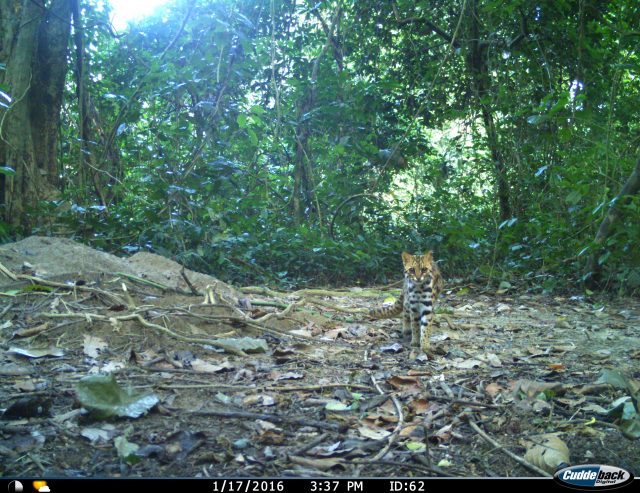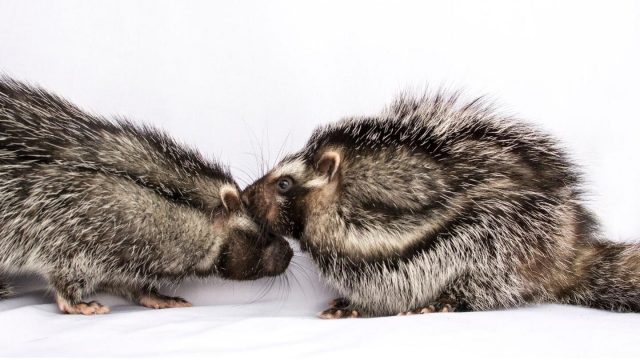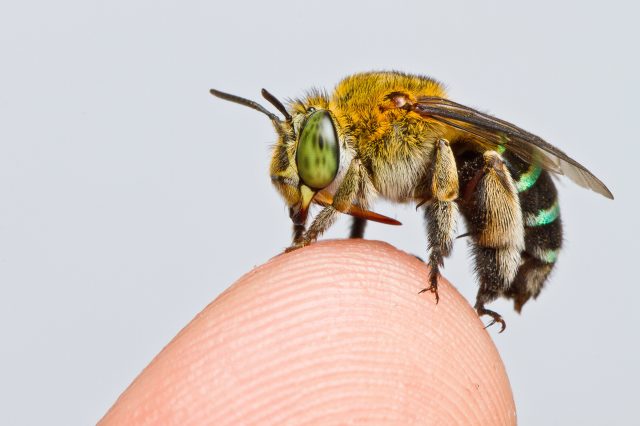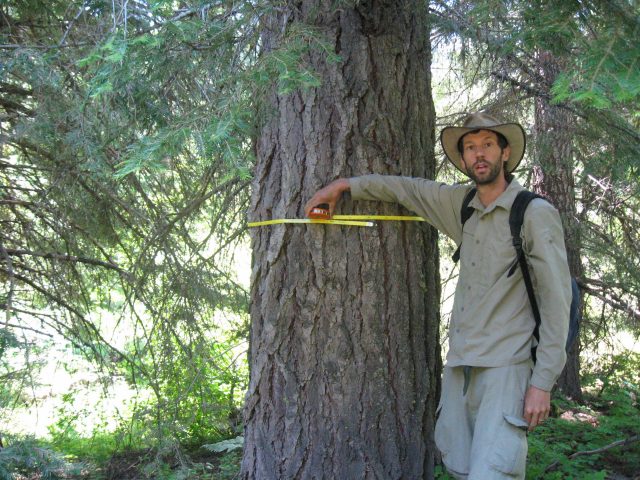A common insecticide that is a major hazard for honeybees is now effectively detected in honey thanks to a simple new method.
Researchers at the University of Waterloo developed an environmentally friendly, fully automated technique that extracts pyrethroids from the...
A well-known leaf-cutting ant grows its own body armour using biominerals, a protective power previously unknown in the insect world, scientists have discovered in research published Tuesday showing this makes the ants almost unbeatable in battle.
Biomineral armour is seen...
Dolphins actively slow down their hearts before diving, and can even adjust their heart rate depending on how long they plan to dive for, a new study suggests. Published in Frontiers in Physiology, the findings provide new insights into how...
Palaeontologists at Friedrich-Alexander-Universität Erlangen-Nürnberg (FAU) and the University of Calgary in Canada have provided new proof of parallel evolution: conodonts, early vertebrates from the Permian period, adapted to new habitats in almost identical ways despite living in different geographical...
A plant used in traditional Chinese medicine has evolved to become less visible to humans, new research shows.
Scientists found that Fritillaria delavayi plants, which live on rocky slopes of China's Hengduan mountains, match their backgrounds most closely in areas...
The Indian subcontinent is a hotspot for wild felines. A new study headed by Uppsala University now shows that only 6-11 per cent of the areas where three rare cat species have their habitat are protected. Lack of knowledge...
The African crested rat (Lophiomys imhausi) is hardly the continent's most fearsome-looking creature -- the rabbit-sized rodent resembles a gray puffball crossed with a skunk -- yet its fur is packed with a poison so lethal it can fell...
There are over 20,000 species of bee, but accurate data about how these species are spread across the globe are sparse. However, researchers reporting in the journal Current Biology on November 19 have created a map of bee diversity by combining...
The fungus that some dogs carry in their nose evolves within the dog's nose. The genetic changes indicate adaptation of the fungus to the dog. That's also of importance for humans, since infection with this fungus can be deadly....
Asian short-clawed otters learn from each other when solving puzzles to get food, a new study shows.h
University of Exeter researchers gave groups of otters a variety of transparent containers baited with meatballs. Each of these food puzzles could be opened by...
Older, large-diameter trees have been shown to store disproportionally massive amounts of carbon compared to smaller trees, highlighting their importance in mitigating climate change, according to a new study in Frontiers in Forests and Global Change. Researchers examined the aboveground...


















